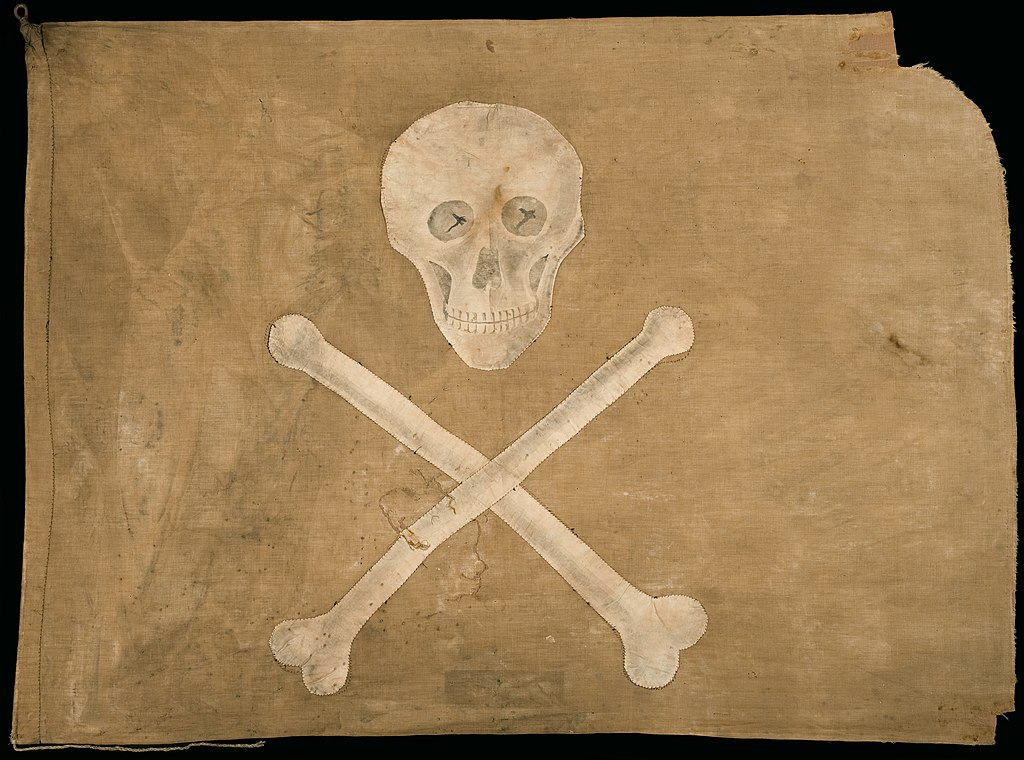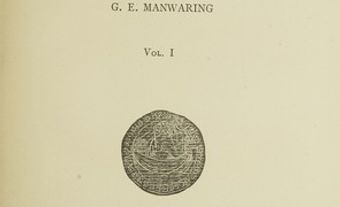Tales of swashbuckling pirates have captured audiences from around the globe for centuries. Among them is the story of Eric Cobham and his wife Maria Lindsay. Legend has it that the couple established a base in St. George’s Bay, Newfoundland, from which they attacked ships in the Gulf of St. Lawrence from 1740 to 1760. The couple is then said to have moved to France where they lived in a lavish estate. Cobham became a magistrate and judge while still occasionally committing acts of piracy. Lindsay died under mysterious circumstances and Cobham died in 1780 after allegedly dictating the story of his exploits. However, his memoirs were lost and therefore, the adventures of Cobham and Lindsay can’t be proven. This has led some experts to contend that the couple are nothing more than characters in a pirate tale.

The Story’s Beginnings
Eric Cobham is said to have been born in Poole, a coastal town in southern England. As a teenager, he was among a group that was caught smuggling brandy from France. He and his mates were captured, flogged and sentenced to two years in prison. Upon his release, Cobham worked at an inn. After stealing a patron’s gold coins, he fled the area, purchased a ship and hired a crew.
In his first act as a pirate, legend has it that Cobham and his crew boarded a French ship near Bristol and stole £40,000 of gold and goods. He killed the captured ship’s crew, sank the ship and then, according to some sources, had his own ship scuttled and murdered the crew. Cobham sold the goods in France and returned to Plymouth, England, where he used his new wealth to purchase a large ship and hire a new crew.
Sometime around the time of this incident, Cobham met Maria Lindsay, a local sex worker. She joined him in more attacks on ships. In 1740, the newly married couple led their crew to Newfoundland where they established a base at Sandy Point in St. George’s Bay, on the island’s southwest coast. However, experts argue that this is doubtful as there is no documentation showing they lived there.
Pirate Tales
For the next 20 years, Cobham and Lindsay are said to have led numerous raids on ships traversing the Gulf of St. Lawrence. Their ship was a jet-black, single-masted sloop, armed with cannons and bearing a black flag with a white skull atop two crossed bones. When in battle, it was said that Lindsay wore a stolen British Royal Navy officer’s uniform.
Their alleged activities occurred after the time known as the Golden Age of Piracy, 1650–1720. Unlike those of that era known as gentleman pirates, such as Peter Easton and Henry Mainwaring, Cobham and Lindsay are rumoured to have regularly showed sadistic ruthlessness. In one story, they tied the crew members of a captured ship to a mast and used them for target practice. Lindsay was claimed to have been curious about death due to poisoning and so had a captured crew poisoned so she could watch them die. Even when they did not torture their victims, some sources say that they sank captured ships and murdered their crews. Cobham apparently justified his murderous ways with the phrase, “Dead cats don’t meow.” However, there are no official reports that these incidents ever occurred.

Reported Life in France
The story goes that around 1760, Cobham and Lindsay moved to a grand estate near Le Havre, France. Cobham became a respected member of French society, serving for 12 years as a local magistrate and then a judge. While a member of the French gentry, however, he continued his criminal activities. One story says that he employed his personal yacht to capture an unarmed ship, kill its crew and then sold the stolen ship and its goods in Bordeaux.
Death and Legacy
It was said that Lindsay suffered from alcoholism and bouts of depression (see Mental Health), and she and Cobham often argued. One day, her body apparently was found in shallow water beneath a tall cliff near their estate. It was not determined if her death was a suicide or murder.
Before Cobham’s death in 1780, some claim that he confessed his crimes and dictated his life story to a priest, asking that a book be written about him. His heirs either burned the manuscript or, after it was published, purchased and burned every copy of the book. Due to the loss of this memoir, his exploits cannot be proven. Many ships said to be the victims of his piracy were officially listed as lost at sea.
Despite questions surrounding the life and adventures of Cobham and Lindsay, their legend lives on. Their exploits have been described in many books, articles and museum displays, and even celebrated in a 2005 play entitled Dead Cats Don’t Meow: The Legend of Eric Cobham.

 Share on Facebook
Share on Facebook Share on X
Share on X Share by Email
Share by Email Share on Google Classroom
Share on Google Classroom





